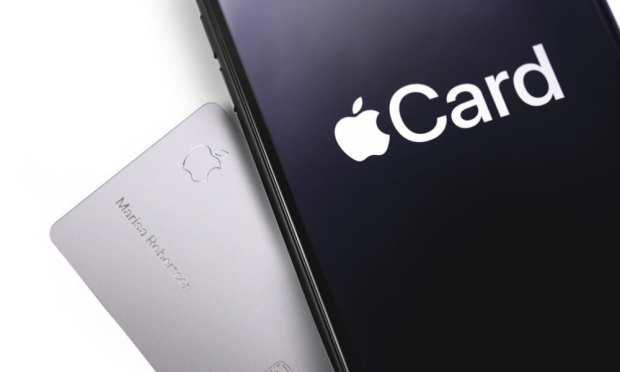Synchrony Financial CEO Takes ‘Wait-and-See’ Approach With Apple Card

Margaret Keane, the CEO of Synchrony Financial, the biggest provider of store credit cards, said the card industry will be keeping a close watch on how Goldman Sachs handles its partnership with Apple in regards to the newly announced Apple Card.
Bloomberg reported Keane was at the Bernstein Strategic Decisions Conference in New York on Friday (May 31) when she made her comments.
She said that “there were a lot of us” trying to be Apple’s partner, and that “we’re all going to watch and see what happens.”
The card will give users cash back, with 2 percent back on every purchase made with the card, and 3 percent on Apple Store or App Store purchases. The two companies will also have a program that encourages users to pay down debt in weekly and biweekly payments.
“The reality is it’s a startup — they’re starting from scratch,” Keane said. “When you’re doing startups, by the way, there are a lot of upfront costs you have to put up just from pure marketing and set-up perspectives. So you have to make sure you’re doing these deals at the right returns. So we’re not going to win every deal, nor would you want us winning every deal.”
Goldman Sachs said that because it doesn’t have the same legacy costs as many of its competitors, its consumer lending initiative is at an advantage. The bank said its “thrilled to partner with Apple” and that it wants “to disrupt consumer finance by putting the customer first.”
PYMNTS CEO Karen Webster shared her own thoughts on the card in a piece written in April.
“Then there’s the Apple Card, now one of literally hundreds of co-branded credit cards in the market. Co-branded cards, as all payments professionals know, have been around for decades. The first one, the American Airlines card, debuted in 1981,” Webster wrote. “Cash back as a reward isn’t exactly new, either — and Apple’s version, which pays 1 percent cash back on everyday purchases, seems particularly ho-hum. Discover was the first to make a splash with its cash back bonus back in 2006.”
Webster also posited that the card highlights something that could be missing in Apple’s payment goals.
“More to the point, introducing a physical card seems a tacit admission that Apple Pay and contactless mobile payments aren’t moving the needle enough on Apple’s payments ambitions. The launch of the lowly physical card was needed to give it some transaction mojo,” Webster said. “Now, nearly half a decade after the launch of the mobile payments wallet that Apple’s CEO told the world would eliminate the need for consumers to use a plastic card, Apple is embracing it with the hope that consumers will give Apple and payments another look.”
